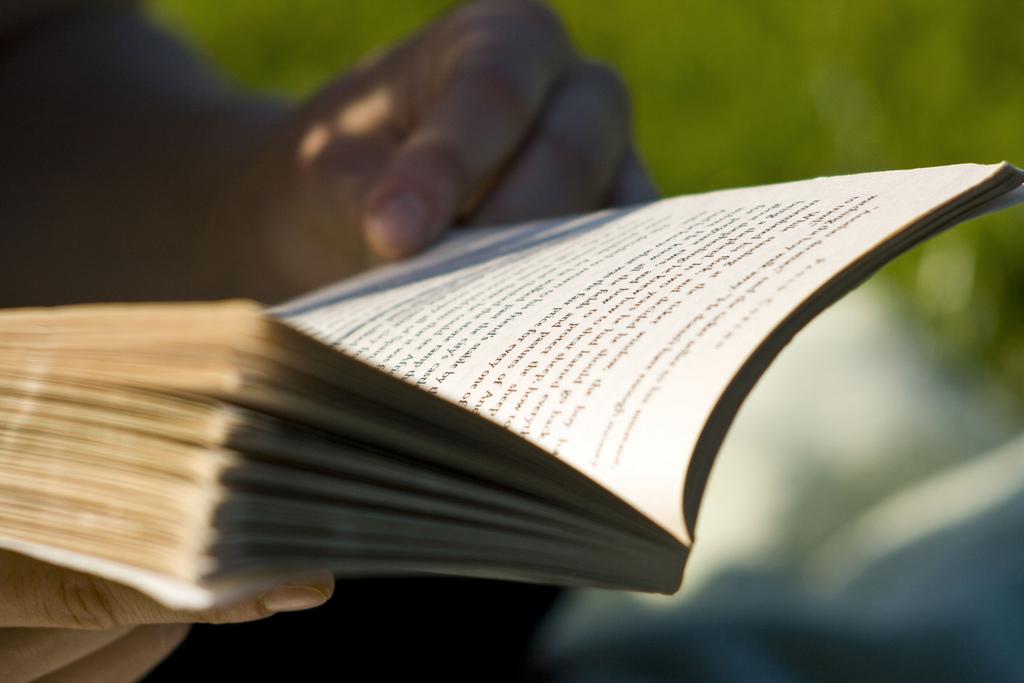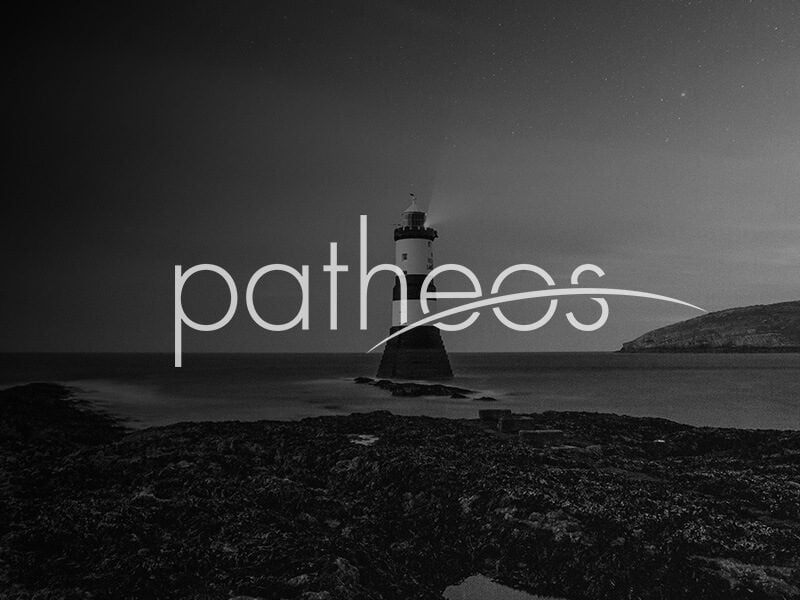That’s the title of an article by Amina Luqman, in today’s Trib but originally from the Washington Post: “Why are fairy tales so white?” asks the Trib article’s headline, “In the land of make-believe, racial diversity is a fantasy,” announces the headline at the Post.
The author’s complaint is that Harry Potter and a whole raft of characters in children’s fantasy are white: namely, characters in Brave, How to Train Your Dragon, The Lord of the Rings, Charlie and the Chocolate Factory, and so on. Yes, Frozen was set in a vaguely-Nordic place, just as Brave was set in Scotland, but, she says,
The beauty and ease of diversity in fantasy is that it requires no explanation. It’s fantasy, after all. Just as you don’t have to provide a metaphysical explanation for the existence of a talking snowman, neither would you need to explain why one sister in “Frozen” was Latina, the other white and their dead mother Asian. A fantasy world just is. The strength of the story is all that matters.
Which is, of course, nonsense, and one of the commenters to the article, Brett at 11/4 2:07 AM, says this pretty well:
No, that’s not true. Fantasy depends on the readers/audience’s willingness to suspend their disbelief in the fantastical elements, and that usually requires a degree of consistency and often some connection to how things “really work” (as in, “people need food to live”, “two white parents will probably have white-looking biological children”, and so forth). The farther you get away from that, the more you have to start explaining things – and every time you break that sense of consistency in the world, it’s something else that you have to explain or your audience stops suspending disbelief and walks away.
Most of the examples she cites are indeed set in specific historical and geographical contexts: England, an undefined Nordic region, Scotland, Scandinavia, and England. The exception, I suppose is that Middle Earth isn’t identified as any specific part of the globe, and conceivably Hobbits could be of any skin-color. The same goes with any of the more purely fantasy middle-grade books my son reads — and if I think of it, I’ll ask my son tonight whether the characters are identifiably “white” or “black,” though in some cases, the answer is clearly “neither,” that they’re some fantastical other race with magical powers, and our “racial” categories make no sense in the book. (I would further be surprised if the author indicates at any point the skin color of his characters.) But even here, one of his favorite series is the Inkspell series, where the main characters are European (in, I believe, a nondescript way — but the author is German, after all), and another is the Percy Jackson series, where the characters are all offspring of Greek gods (though in the movie, the satyr is cast as a black man).
And in many cases, the race or skin color of the child is irrelevant and once you move past the point where books are illustrated, not even discernible unless you assume that an author is required to mention black skin color to establish their bona fides.
The funny thing is that the movie-makers at Disney have made substantial efforts to de-white children’s movies, with such offerings as Mulan and The Frog Prince and whatever that movie was with Princess Jasmine, and each time they’re greeted with, “that’s great, but you still don’t have a movie with a [missing nationality] heroine.”
What’s more: go into any children’s section at the library. Loads of picture books about African or Asian folktales, or stories about heroic slaves or the Civil Rights Movement or Japanese children interned in World War II, and, when it comes to ordinary stories, the bulk of them are now drawn with anthropomorphic animals rather than humans, in order to entirely sidestep the issue of what color the children are.
But look a little further: I do have the impression, at least, from browsing while my kids are selecting their books, that kids with “ordinary” experiences are generally white, and that, in books with nonwhite children, they are typically confronting some great social evil, such as racism. Sure, there are some classic books such as The Snowy Day, but I wonder if there’s almost a Code, that says that a book about a black kid has to incorporate Black Culture, in some way, or racism, or the like, or it’s not sufficiently, authentically Black.
And in the end, she describes her son’s initial rejection of the idea of dressing up as Harry Potter, and his later acceptance only when the author and her husband told him that “Harry Potter is a made-up character, and he could be any color.” Why she didn’t just say, “In the story, Harry Potter was born to two English, non-immigrant parents, so he was white, but so what; Halloween is about pretending” I don’t know — after all, my sons have dressed up as a lion and a frog and a pumpkin (yes, while a baby, so this doesn’t count) without complaint.













